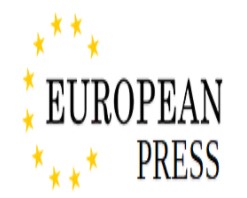UK inflation has dropped to its lowest level since April 2021, slipping below the Bank of England’s 2% target for the first time in years.
The latest data from the Office for National Statistics (ONS) shows annual inflation at 1.7% in September, down from 2.2% in August, a figure far lower than City analysts’ predictions of 1.9%. The Bank of England had forecast a more modest decrease to 2.1%.
The fall was largely driven by lower airfares and fuel prices, though this was partially offset by rising costs for food and non-alcoholic beverages, which saw their first increase since March 2023, climbing from 1.3% to 1.8%. This uptick in food prices, while notable, is far below the peak of nearly 20% in March.
Financial markets reacted quickly to the inflation news. Sterling dropped 0.62% against the US dollar, falling below $1.30, while it lost 0.49% against the euro, dipping to €1.194. In the bond market, the yield on the 10-year UK government bond fell by 1.8% to 4.1%, with the yield on two-year bonds dropping 2.5% to 4.03%, as expectations of interest rate cuts grew.
Darren Jones, Chief Secretary to the Treasury, welcomed the news but remained cautious: “It will be welcome news for millions of families that inflation is below 2 per cent. However, there is still more to do to protect working people, which is why we are focused on bringing back growth and restoring economic stability.”
Support authors and subscribe to content
This is premium stuff. Subscribe to read the entire article.









